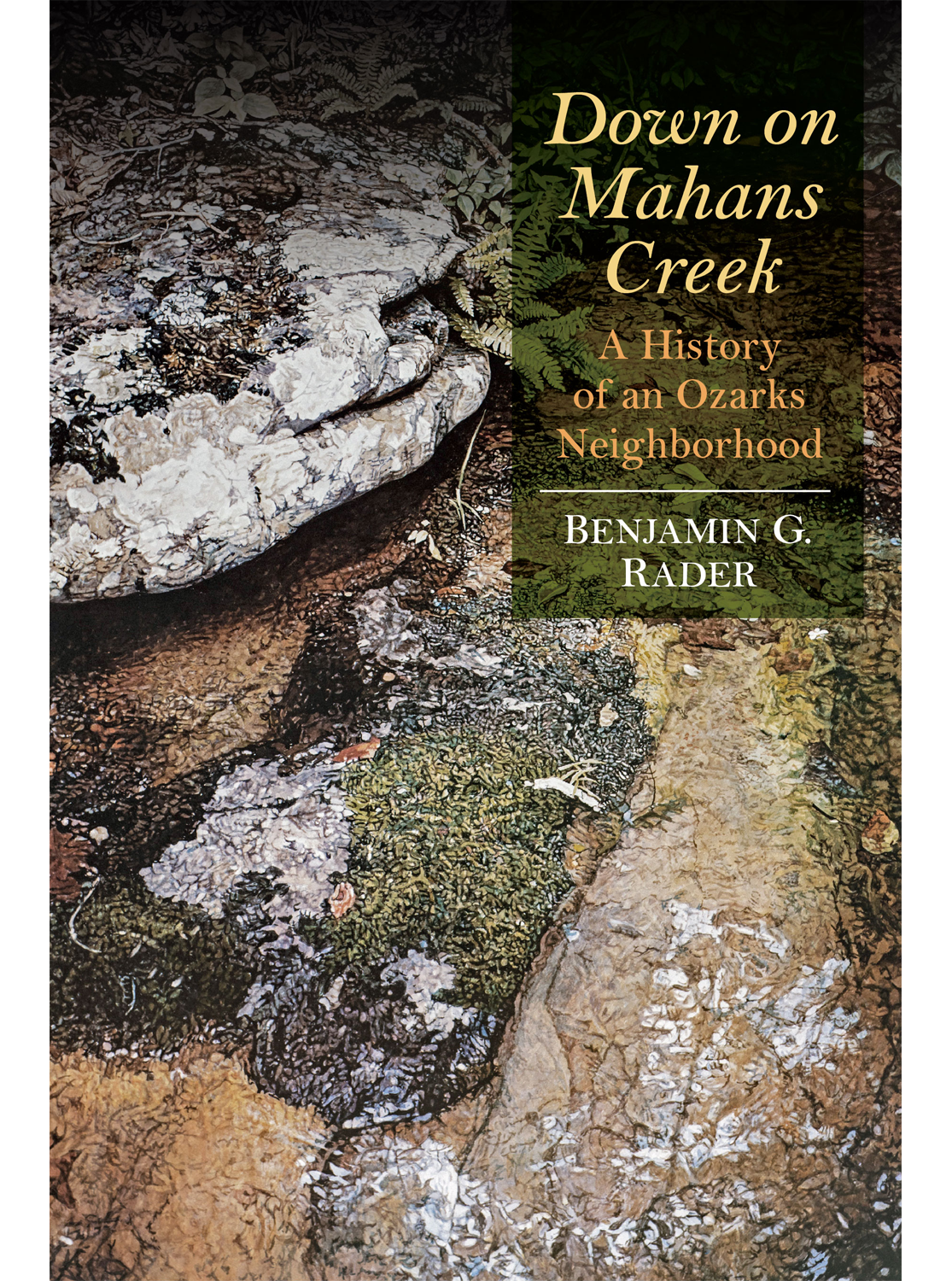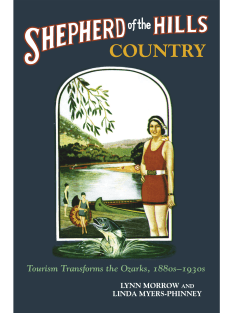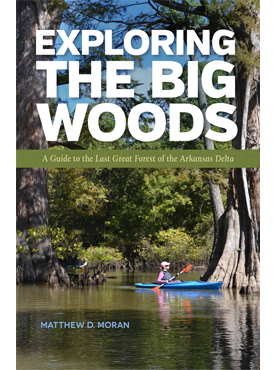In Down on Mahans Creek, Benjamin Rader provides a fascinating look at a neighborhood in the Missouri Ozarks from the early nineteenth to the mid-twentieth century. He explores the many ways in which Mahans Creek, though remote, was never completely isolated or self-sufficient. The residents were deeply affected by the Civil War, and the arrival of the railroad and the timber boom in the 1890s propelled the community into modern times, creating a more fast-paced and consumer-oriented way of life and a new moral sensibility. During the Great Depression the creek’s residents returned to some of the older values for survival. After World War II, modern technology changed their lives again, causing a movement away from the countryside and to the nearby small towns.
Down on Mahans Creek tells the dynamic story of this distinctive neighborhood navigating the push and pull of the old and new ways of life.
Benjamin G. Rader is James L. Sellers Professor of History emeritus at the University of Nebraska, Lincoln and the author of five books. He was born and raised in the Mahans Creek neighborhood and today lives in Lincoln, Nebraska.
“While the subtitle suggests an emphasis on a neighborhood, this book is really a family history about people for whom place is important. Setting his book in both Kentucky and Missouri, historian Rader (emer., Univ. of Nebraska) recounts details such as the businesses, marriages, and military service of his extended family across generations. These were people for whom scraping together a livelihood in the hollers of remote areas was a lifelong pursuit. … The book is well situated in the Ozarks studies series, where scholars looking for content about family relations and industry will enjoy the anecdotes.”
—M. E. Birk, University of Texas Rio Grande Valley, Choice, 2017
Summing Up: Recommended. All levels/libraries.
“…a scholarly study, but one also accessible to a popular audience. Any historical novice can pick up this book and easily follow the narrative and not get bogged down with jargon or tangential academic debates. An examination of Rader’s bibliography reveals, however, a deeply researched edifice on which the story is built. Highly Recommended.”
—Jason McCollom, Ozarks Watch, Winter 2018
“Rader’s thorough research using a range of sources, his adroit combination of narrative documentary history and anecdote (often drawn from regional or family oral tradition), and his engaging literary style make this an exemplary study. Others who examine specific places or families will find his book, which inaugurates the Chronicles of the Ozarks series, edited by Brooks Blevins for the University of Arkansas Press, a useful model for their endeavors. … This book deserves several audiences: descendants of those family members who come alive in Rader’s narrative, enthusiasts for the history of southern Missouri, specialists in Ozark studies, and anyone with a professional or avocational interest in local or family history.”
—William M. Clements, Kansas History, Summer 2018
“[A]n exhaustively researched, eye-opening revelation of real people in the real Ozarks. … Rader takes a rich body of family history, genealogy, and oral tradition from kith and kin and illuminates that information with facts gleaned from census enumerations, tax lists, Civil War records, and newspaper articles. Along with a thorough study of community dynamics, Down on Mahans Creek explores agriculture, education, social life, local industry, and out-migration. There’s even a brief chapter on African Americans and race relations in Shannon County, a much-needed reminder that the Ozarks have always been much more than an “Anglo-Saxon seedbed,” a claim trumpeted by writers from the 1800s well into the 1950s. … If you’re looking for the real Ozarks, you’ll find it down on Mahans Creek.”
—Susan Young, Arkansas Historical Quarterly, Autumn 2017
“A valuable contribution to the burgeoning field of Ozarks studies, one that presents a very American story of the backcountry but one leavened with the unique physiography of one of the region’s most rugged and remote places. This will be an excellent first volume in the Ozarks Studies series.”
—Lynn Morrow, editor of The Ozarks in Missouri History: Discoveries in an American Region
“As someone who grew up near and returned to the Mahans Creek neighborhood, I can say that Ben Rader knows what he is talking about when it comes to the hollers people.”
—Thomas Akers, retired NASA astronaut

The Ozarks Studies series acknowledges the awakening of a scholarly Ozarks studies movement—one that crosses disciplinary boundaries as it approaches regional study from a variety of vantage points—and positions the University of Arkansas Press as the publisher at the forefront of the movement. As the only university press headquartered within the Ozarks region and as a press with a solid background in the publication of books on the region—Rafferty’s The Ozarks, Land and Life, Morrow’s Shepherd of the Hills Country, Harper’s White Man’s Heaven, Sizemore’s Ozark Vernacular Houses, and many more—the University of Arkansas Press is ideally suited for the first series that will level a scholarly eye on the Ozarks and Ozarkers.





